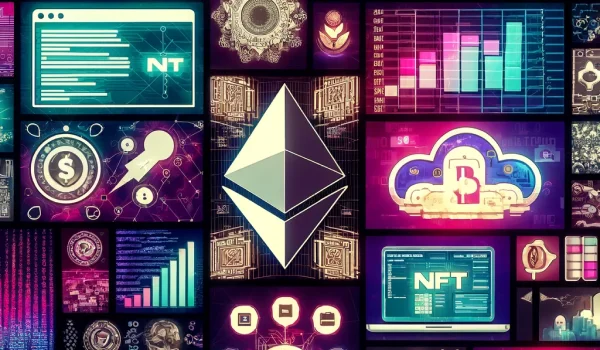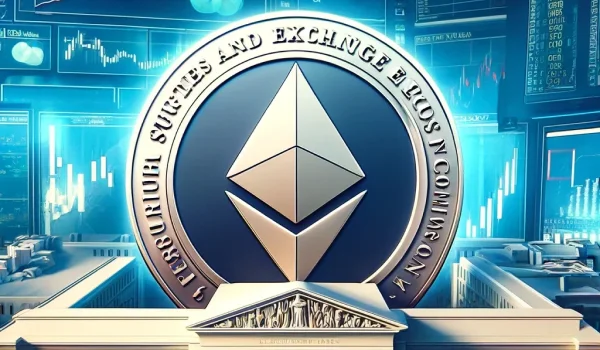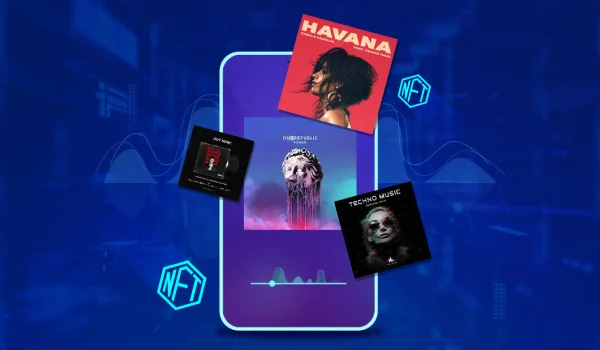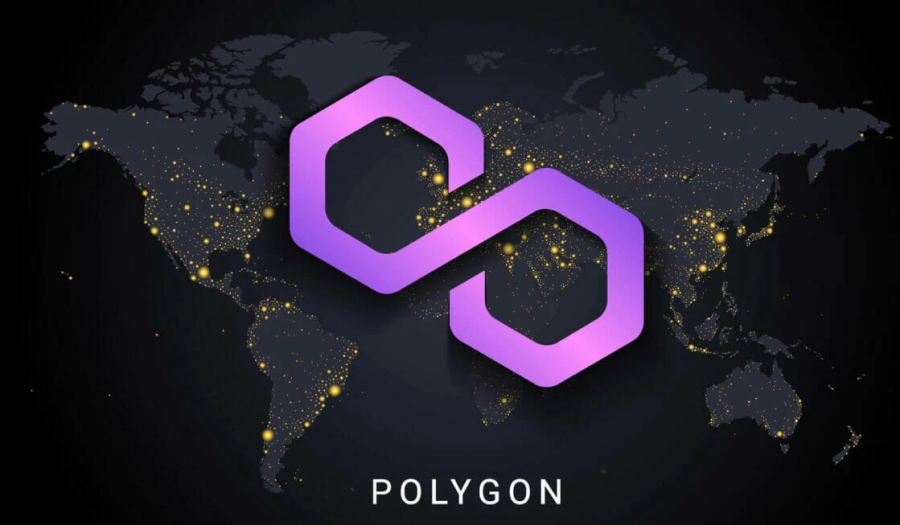Arbitrum is an open-source Layer 2 blockchain compatible with EV. Its main purpose is to help Ethereum scale. Off-chain Labs developed Arbitrum to address some of the existing issues related to transaction speed and scalability during the maintenance of Ethereum security.
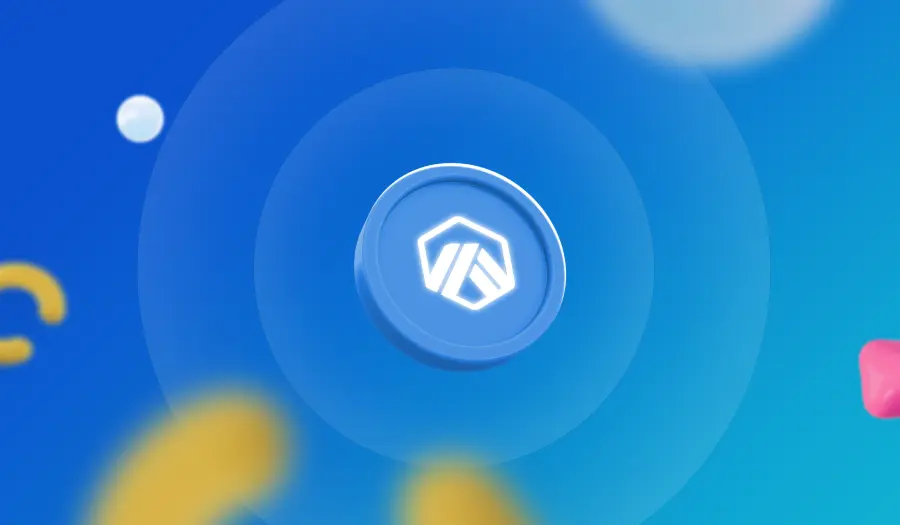
Benefits of Arbitrum
Arbitrum can speed up transactions and reduce costs because of how transactions are processed off of the chain. It also provides users and builders alike several exciting benefits including the following:
- Ethereum Compatibility
Since Arbitrum is compatible with EVM, it is also compatible with the Ethereum blockchain with no need to learn or translate a new code. It lets developers design dApps or decentralized applications working on Arbitrum and Ethereum.
Unlike other apps that Web 2.0 uses under the ownership of a single entity, dApps uses blockchain technology. However, there’s no need for them to be decentralized themselves. You can operate dApps through peer-to-peer networks on the blockchain. They can also operate with traditional hierarchical structures. Their use of decentralized protocols is what makes them dApps.
- Reduced Cost
The design of Arbitrum includes a few optimizations. Arbitrum joined forces with the multi-chain transaction platform Biconomy. They developed a gas-free meta-transaction system. This further improves the scalability of the chain. The system allows users to conduct transactions with no need to pay gas fees. This can result in a significant cost reduction every time you use the network.
-
Optimistic Rollup That Allows Scalability
Arbitrum uses an architecture known as an optimistic rollup. It lets it process more transactions each second compared to Ethereum. An optimistic rollup is a layer 2 scaling solution that bundles various transactions into one batch, processing them off-chain.
In the case of Arbitrum, the transactions’ validity is verified through cryptographic proof. The validators of Arbitrum validate the details off-chain. They also utilize an optimistic rollup for posting the assertion to the Ethereum blockchain.
Arbitrum validators assume the validity of all transactions during the assertion process. It’s where the rollup takes on its optimistic descriptor form. The validators assume that the consensus method of Ethereum, which is Proof-of-Stake, made an accurate validation of the information in advance.
After the Arbitrum validators introduced their assertion to the Ethereum blockchain, others can challenge the information’s validity up to a set end time. Validators will get a reward, with Ethereum officially accepting the assertion if no one will challenge it.
The approach allows Arbitrum to get high transactions all over without compromising Ethereum’s decentralization and security.
- Permissionless and Trustless
Arbitrum is permissionless and trustless since it’s built on top of the Ethereum blockchain, a trustless and decentralized network. Arbitrum is specifically trustless due to the Optimistic Rollup structure processing the transactions off-chain.
It also ensures the integrity and validity of the transactions. The transactions are written on the Ethereum blockchain. It offers a decentralized and trustless platform to verify the transactions’ validity.
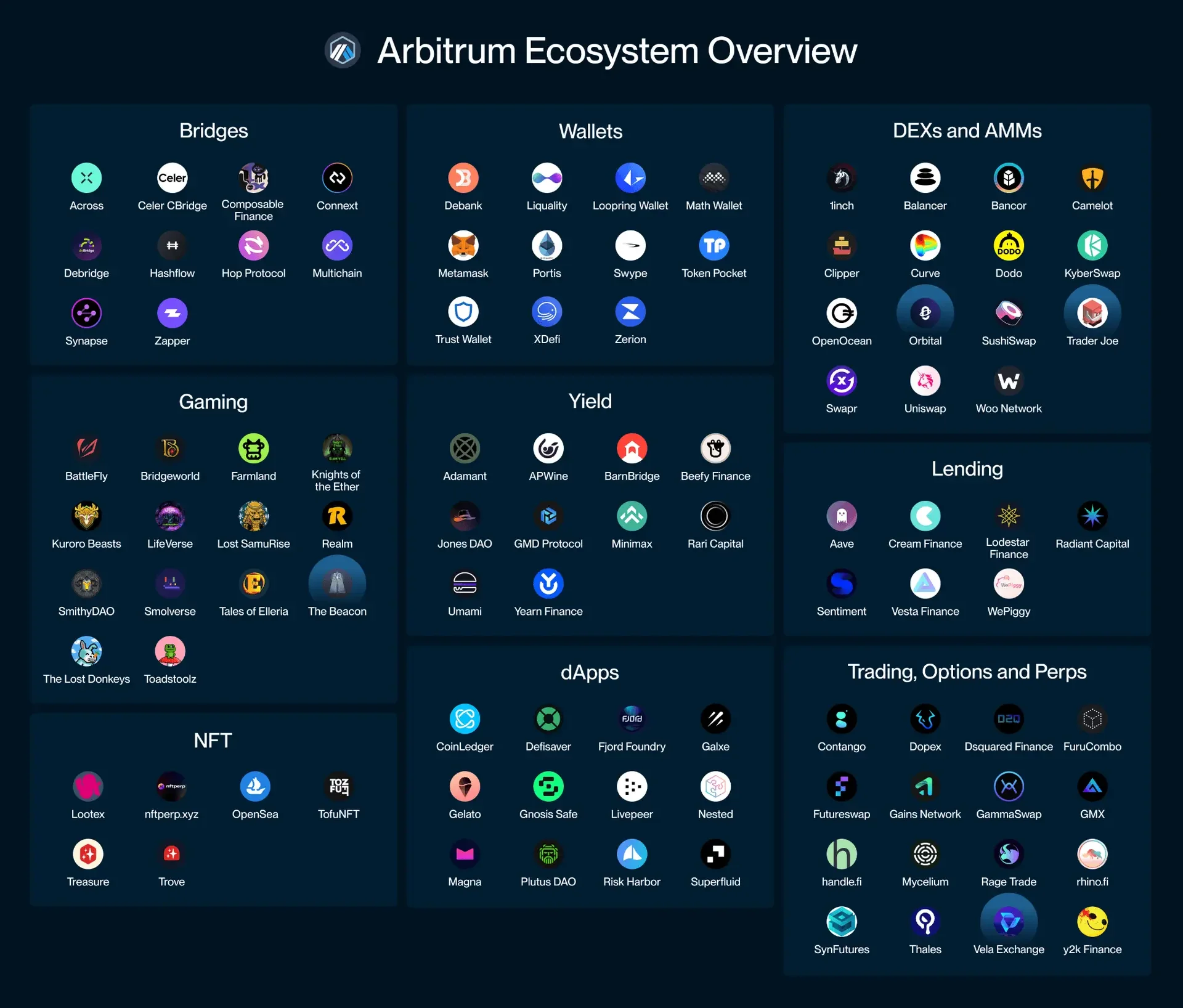
Arbitrum Ecosystem Overview
Arbitrum is permissionless as well because similar to other decentralized blockchains, the users can also interact with the chain with no need for approvals or permissions. Users are allowed to receive and send tokens, develop and interact with smart contracts, and conduct other transactions with no intermediaries.
Arbitrum NFTs
Arbitrum supports an extensive variety of non-fungible tokens or NFTs. These are unique digital items kept on a blockchain. The NFTs are a representation of almost anything while acting as a digital ownership record.
The following are the most common types of NFTs found on Arbitrum:
An art NFT is associated with art pieces minted on a blockchain to become non-fungible tokens. These art NFTs can be digitized physical artwork pieces. They can also be natively made with the help of digital tools.
A gaming NFT is associated with digital items from the Metaverse and the online gaming world. These include in-game items, customizations, characters, collectibles, tickets, modes, maps, skins, and characters. Gaming NFTs can be any digital creation used in the realm of gaming.
- Membership NFTs
A membership NFT is a form of ownership of a non-fungible token that offers access to a utility, community, experience, or all of these three in certain cases.
Music and media NFTs are unique digital ownership certificates that use blockchain technology for ownership verification of music-related content or musical piece. The music NFTs minted onto a blockchain are usually associated with a visual and an audio component. Some also grant access to a bigger online community.
Profile picture or PFP NFTs are the NFTs linked with unique digital items used as profile photos on social media platforms. These may also give owners access to a group or community.
A virtual land NFT represents ownership of a virtual property or land in virtual realms.
Arbitrum Smart Contracts and dApps
- dApps
The interoperability of Arbitrum with the rest of the Ethereum layer 2 solutions as well as the larger ecosystem of Ethereum means that it can work with other applications and networks developed on Ethereum.
If a dApp developer comes up with an application on Arbitrum requiring the use of a certain token not found on the network, it will be easy for the developer to bridge this token from the Ethereum mainnet or a different layer 2 network and incorporate it into the application.
Arbitrum supports similar smart contract standards and programming languages as Ethereum as well. It makes it easier for the developers to port existing contracts and applications to the network. The compatibility with the bigger Ethereum ecosystems allows for communication and integration between various applications and networks.
The interoperability of Arbitrum extends way beyond the solutions based on Ethereum alone. It also interacts with the rest of the blockchain networks using cross-chain bridges. It allows the transfer of data and tokens between several networks. It allows for the development of more innovative and complex applications spanning multiple ecosystems and networks.
- Smart Contracts
The smart contracts of Arbitrum are just like the ones on the other blockchains. These smart contracts are self-executing with the agreement’s terms written into code. The smart contracts of Arbitrum are also designed to be highly scalable and efficient. It allows faster and most cost-effective transaction execution. It is achieved through the optimistic rollup architecture of Arbitrum.
Is There an Arbitrum Token?
Yes, Arbitrum has a token. Arbitrum Foundation announced on the 23rd of March 2023 the launch of the DAO governance for the Arbitrum Nova and Arbitrum One network. They also announced the $ARB token with Arbitrum DAO controlling it.
The blog post announcement of the Foundation stated that the community of Ethereum has been working hard for years to establish a decentralized and secure layer 2. Vitalik Buterin proposed late in 2022 a 3 stage scheme to classify the rollups’ maturity. With this announcement, Arbitrum became the first-ever EVM rollup that achieved the second of these three stages.
FAQ
What makes Arbitrum different from Optimism?
Both Optimism and Arbitrum are Layer 2 scaling solutions for the Ethereum network. However, their architecture and approach are different. Their main difference lies in the use of various roll-up techniques.
Optimism uses the zk rollup architecture dependent on zero-knowledge proofs to validate and bundle transactions. Arbitrum, on the other hand, uses an optimistic rollup structure.
The approach needs more complex cryptographic and math techniques. However, it allows Optimism to process more transactions than Arbitrum per second.
Are Arbitrum and Ethereum compatible?
Yes, Arbitrum is a blockchain compatible with EVM.
What is Arbitrum Bridge?
Arbitrum Bridge allows the transfer of data and tokens between Arbitrum and Ethereum mainnet. It is an on-chain bridge that is trustless and decentralized. The bridge is made up of a set of deployed smart contracts on Arbitrum and Ethereum mainnet alike. They work together to allow the transfer of data and tokens between these two networks.


 6 mins read
6 mins read